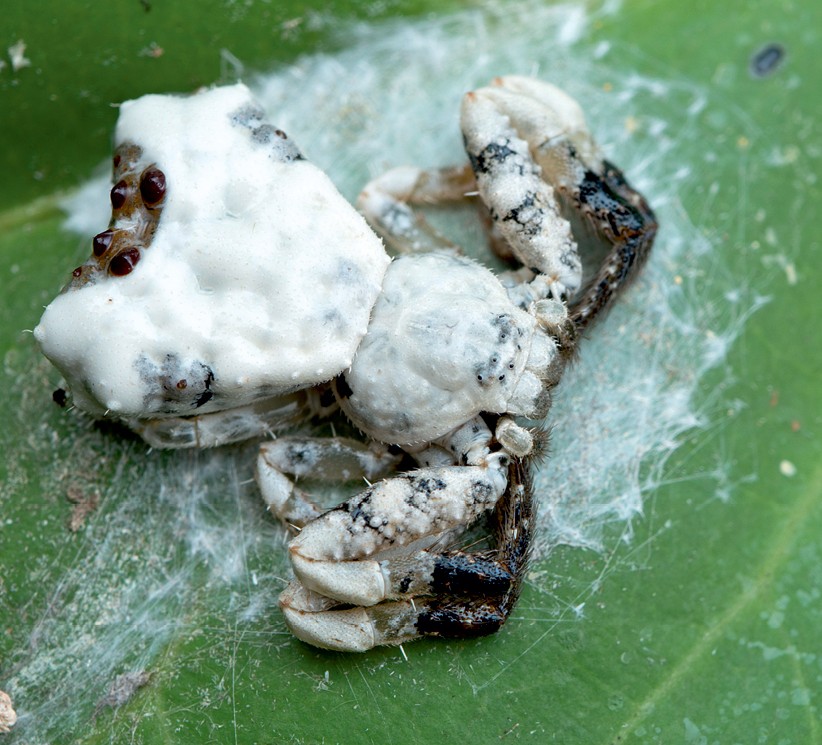Avoiding predators is a tricky business in the animal world, which leads to masters of mimicry and camouflage at every turn. From blending in with the background to strength in numbers, species have lots of tricks up their sleeves. For the bird-dung spiders, that trick is to resemble the droppings of their predators.
The rest of this article is behind a paywall. Please sign in or subscribe to access the full content.
Bird-dung spiders belong to the family Thomisidae, and the genus Phrynarachne has really taken looking like crap to a whole other level. Numbering around 35 species, these spiders are spread across Australasia, tropical parts of Africa, and Southeast Asia, and are known as the bird-dung or bird-dropping spiders because of their incredible mimicry in both body shape, coloration, and even texture. Some species even weave a white silk patch on leaves to further enhance the illusion.
Then there are those that go so far as to even smell like bird droppings, Phrynarachne ceylonica’s terrible odor both helps it to attract something to eat – mostly flies – but also helps the creature avoid being eaten by predators like jumping spiders.

Nothing to see here…
Image credit: Omelko, M.M., ZooKeys 2025 (CC BY 4.0)
A recent study identified two new species of Phrynarachne, which is currently a poorly documented genus with some species only known from illustrations, and more than half of all of the species only known from female specimens. “Fortunately, the copulatory organs of many of these are well illustrated,” the study authors write, “which allows confident differentiation of the two new species described herein from the majority of known taxa.”
One of the new species is from the Philippines and represents the first species of the genus to be recorded in the country. It is named Phrynarachne gorochovi after the Russian entomologist Andrei Vasil’evich Gorochov, who collected the holotype, and it is yellow and brown with lots of bumps covering its body.
The other newly discovered species is Phrynarachne storozhenkoi, found in one of the Malaysian regions of Borneo, and it is more yellow with black spots and dark-brown markings. It was named after Russian entomologist Sergei Storozhenko in honor of his 70th birthday.
No members of the Phrynarachne species have previously been officially recorded in Borneo until now. But the citizen science photo platform iNaturalist hosts lots of observations of spiders that could spell more species for this somewhat stinky genus.
Source Link: What Looks And Smells Like Bird Poop? These Stinky Little Spiders That Don’t Want To Be Snacks